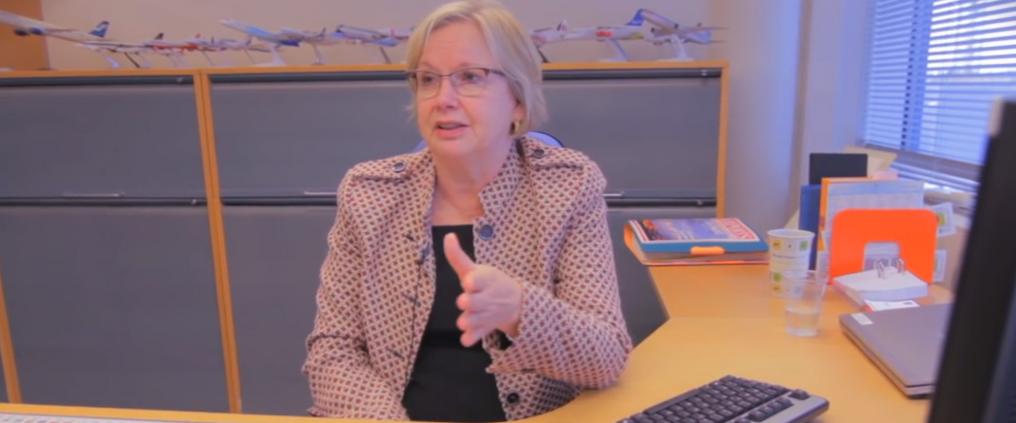Without flight schedule coordination, airports would end up in massive chaos. Aeroplanes would have to wait by flying in circles until there is space to land, and it would be impossible to know for sure when flights would depart and arrive.
Take-off slots keep the flights in order. They enable precise coordination and prevent congestion, ensuring that aeroplanes don't have long waiting times before being able to take off or land.
'This is a worldwide system based on the same set of rules and schedules. In this way, airlines can rely on scheduling to work just as well at both departure and arrival airports', explains Tiina Nokkala, slot coordinator at Helsinki Airport.
'Slot coordination aims to time aircraft movements as accurately as possible. This avoids unnecessary traffic jams or aircraft having to do extra circling in holding patterns in the air', she continues.
In collaboration with air traffic control
Slot coordinators schedule flight departure slots in the long term, but the ultimate responsibility of local and real-time scheduling always lies with air traffic control.
'Air traffic controllers always make the final and up-to-date decisions because airport conditions vary day by day. Slot coordinators around the globe take care of the groundwork and long-term planning on which all air traffic is based', Tiina Nokkala says.
Worldwide planning
Slot coordination is carried out to the same schedule in all countries.
'Certain things must be done by certain dates everywhere to ensure that slots worldwide can be agreed on in time. In addition to that, all slot coordinators and traffic planning experts from all airlines around the world meet up twice a year to finalise slot schedules together. This makes slot coordination a giant jigsaw puzzle that aims to make air traffic run smoothly and steadily'.
The busiest times are afternoons in the late spring and early summer, when Helsinki Airport may have up to 600 slot allotments a day.



